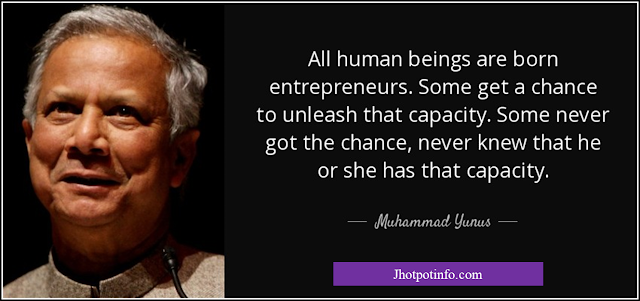Rural development means overall development of rural areas to improve the quality of life of rural people-men, women and children. It is an integrated process which includes social, economic, political and spiritual development of the poor sections of the society. Right from independence, in fact even in the pre-independence era, rural development vis-a-vis poverty alleviation has been considered as a major challenge for our country. Initially it was assumed that various poverty alleviation programs such as IRDP, TRYSEM, DWCRA, ICDP, SITRA etc., could be able to enhance economic income level of rural people through “trickle down” effect of economic growth but these programs failed to achieve the target because “trickle down” effect of economic growth cannot be achieved if the growth is not accompanied by infrastructure development which is essential for speedy percolation of the benefit of such programs. Most poverty alleviation schemes also faced the problem of credit mobilization to the rural manner.
The concept of micro-financing the self-employment activities in rural areas have developed considerably over the last 20 years. Inability of the credit institutions to deal with credit requirements of the poor affectively has led to the emergence of micro-finance or micro -credit system as an alternative credit system for the poor. Usually credit institutions provide finance for productive purposes but sometimes poor people need money for consumption or for emergency purposes which many a time cannot be catered by the former credit system or government schemes. In rural India, it can be seen that the poorer sections of the society and destitute cannot avail the credit from banks and other formal institutions due to their inability to deposit collateral security and mortgage property. At this point of view, micro financing or group lending is being looked upon as an instrument that can be considered as the golden stick for poverty alleviation vis-a-vis rural development.
Mohammad Yunus, popularly known as father of micro-credit system started research project in Bangladesh in 1979 and came out with ideas of microcredit that resulted in establishment of Grameen Bank in 1983. Basically, micro-credit system gained momentum in the mid-90s after World summit for social development held at Copenhagen in 1995. The Summit which emphasized the easy credit for small producers, landless farmers and other low-income individuals particularly women. In 1997, Micro-Credit Summit in Washington announced a global target of ensuring delivery of credit to 100 million of the world’s poorest families especially the women of those families by 2005.
In India, the first effort was taken by NABARD in 1986-87 when it supported and funded an action research project on “Savings and Credit Management of Self Help Groups” of Mysore Resettlement and Development Agency (MYRADA). Then NABARD launched a pilot project to provide micro credit by linking SHG’s with bank in 1991-92. In 1999, RBI has set up a micro credit cell to make it easier to micro credit providers to pursue institutional development process. Therefore micro-credit System has been considered as an important instrument to provide credit for self-employment and other financial and business services including assistance to very poor persons. This is the concept of economic empowerment of poor people through formation and nurturing of self-help groups.
The micro-credit has got tremendous attention in recent years. Microcredit is an alternative source of credit for poor who earlier were considered as non-bankable. This system not only provides credit, most important input for development to the poorest section of the society but also aimed for the capacity building. The phenomenal growth of SHGs indicates that the weaker section of the society is also capable of sharpening their micro entrepreneur skills with the help of their own saving and additional bank credit as needed. At this point, micro-credit could be the way out for overall rural development visa- vis poverty alleviation.

